“Lipasmata” Multispace of Drapetsona
The "Lipasmata" Multispace of Drapetsona is a former industrial space, which is being transformed into a coastal park.
Location
Timeline
Modern and Contemporary era (1821 - )
1909 The fertilizer factory was founded.
2004 Before the 2004 Olympic Games, many buildings were demolished and some were declared listed.
2015 A large part of the site was given to the municipality of Drapetsona and it turned into a park within two years.
2019 Part of the Krakaris conveyor belt building collapsed by an earthquake.

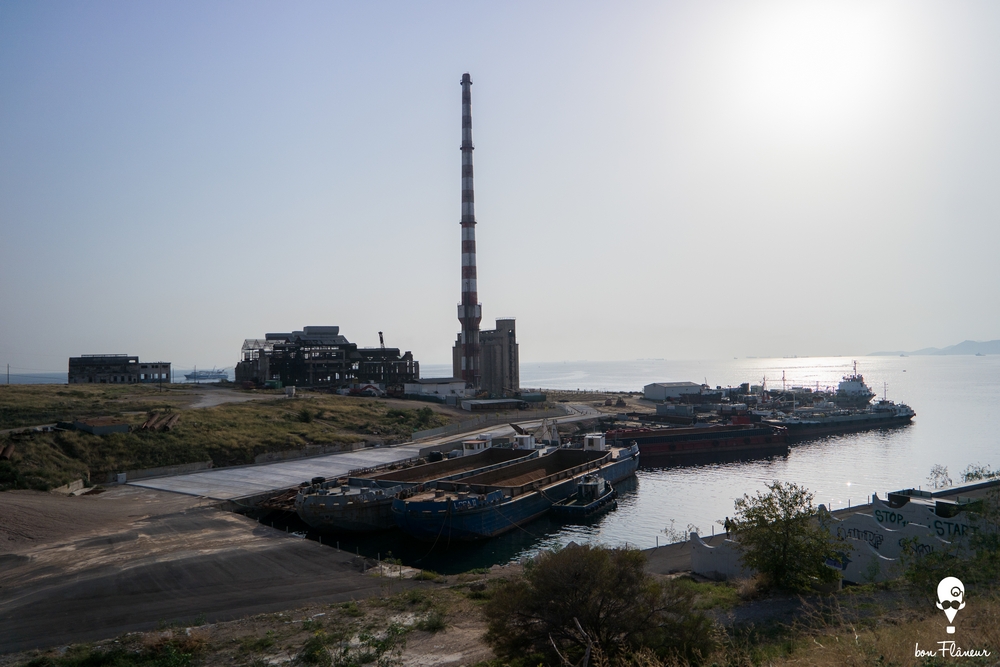



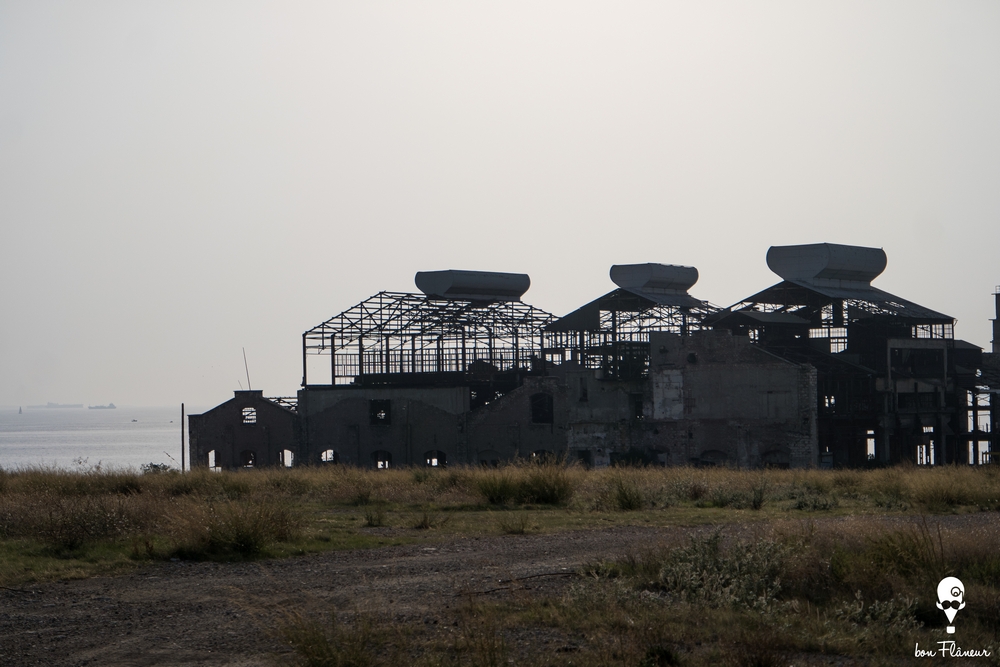


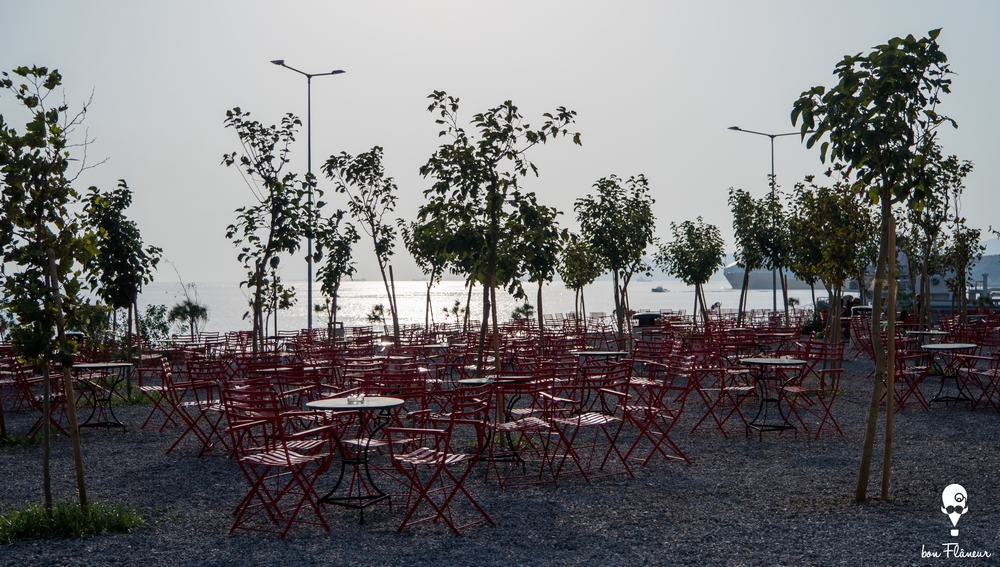
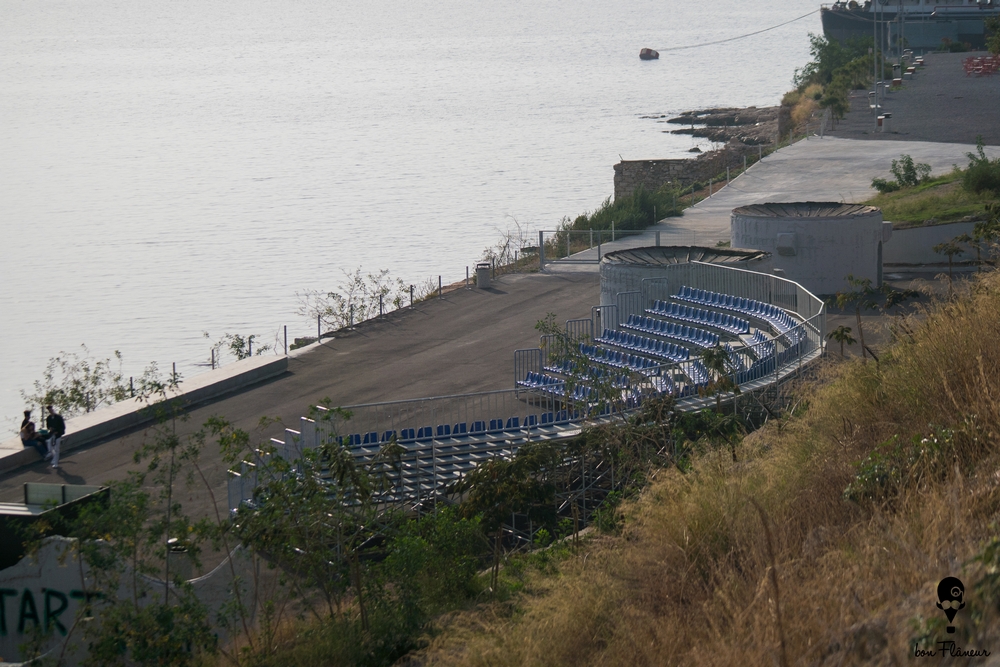



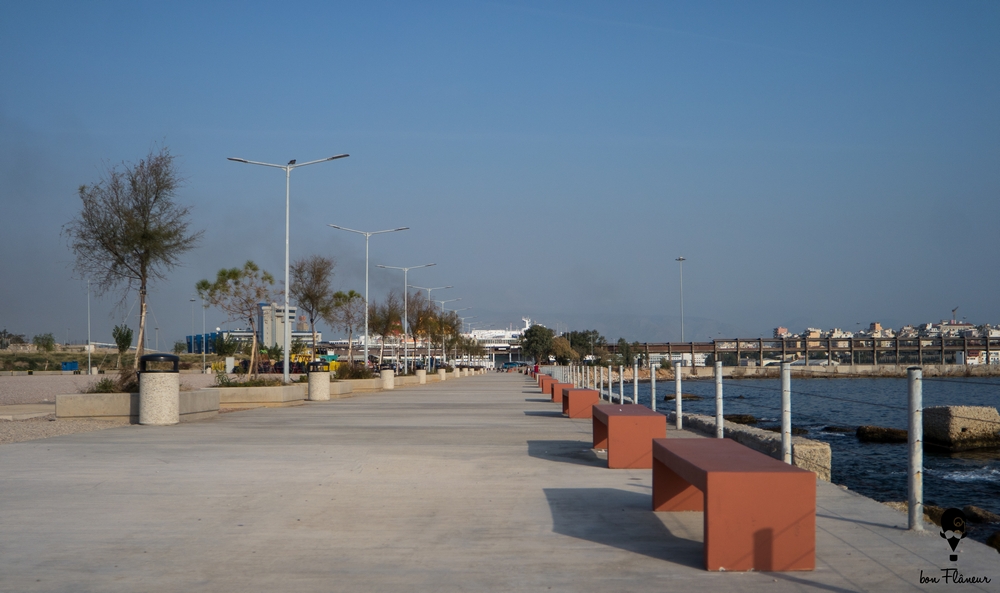

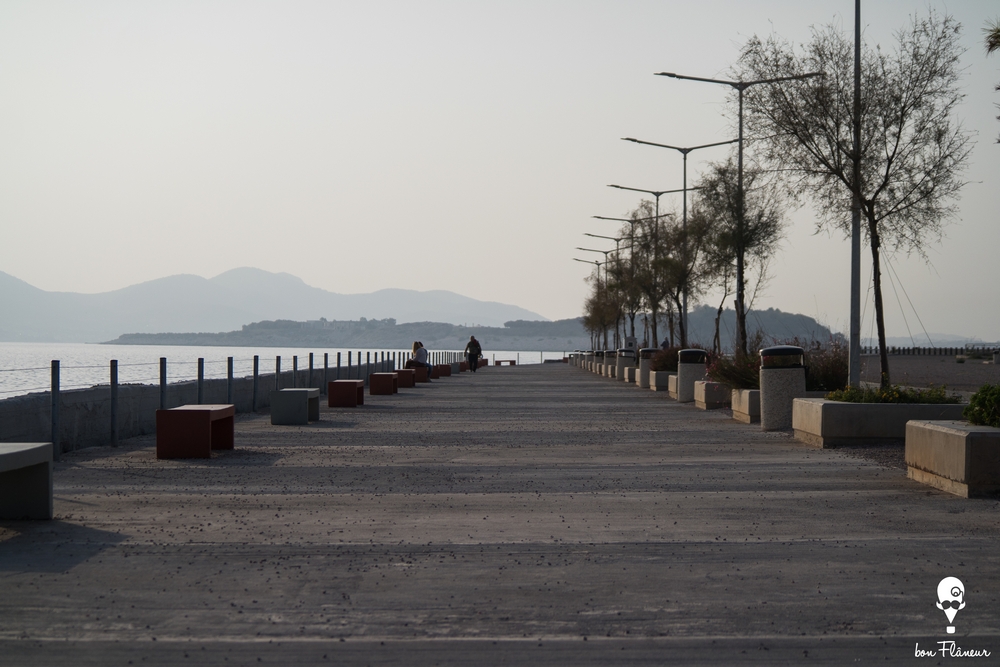

Share